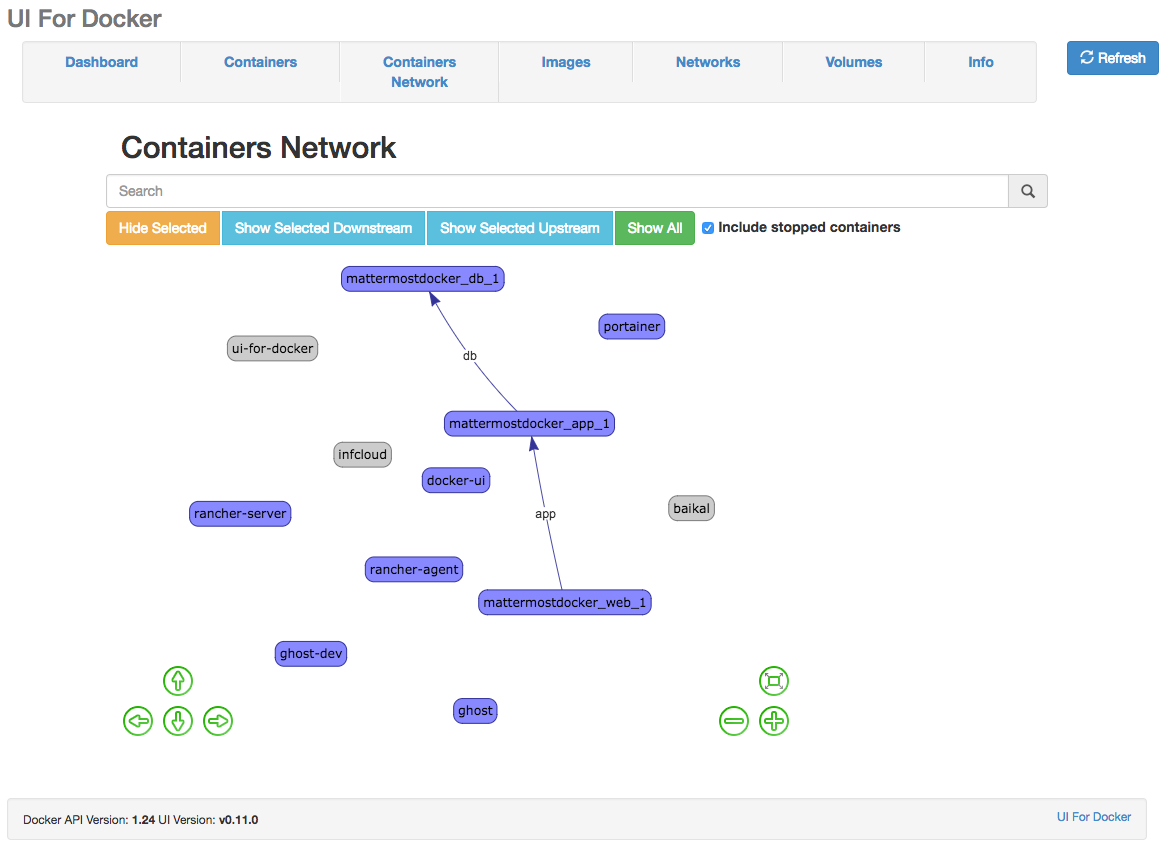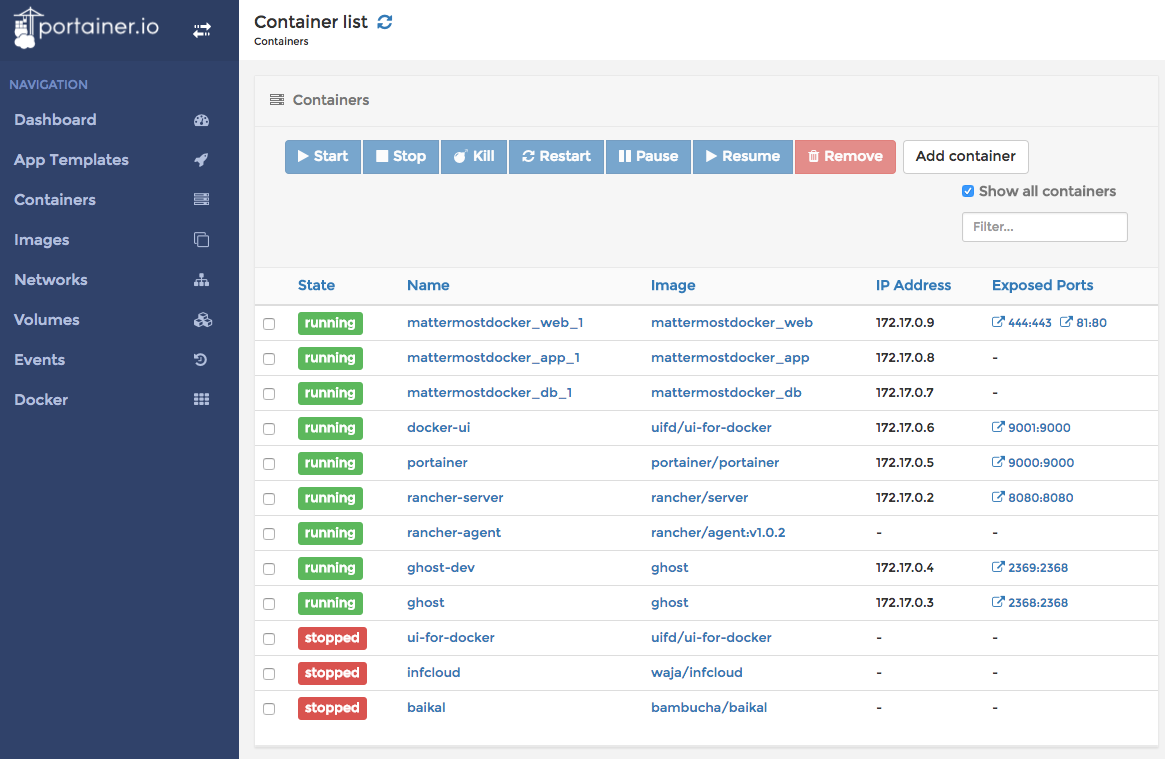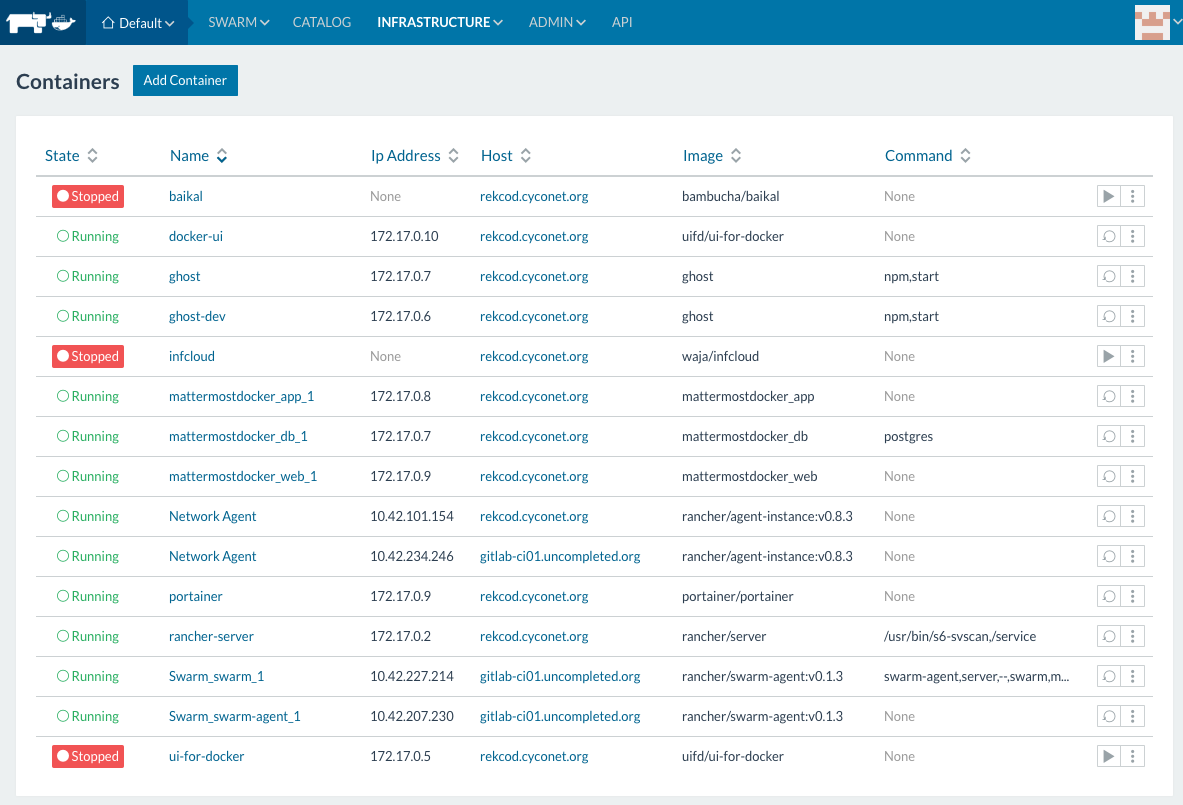Reproducible builds folks: Reproducible Builds: Weekly report #123
Here's what happened in the Reproducible Builds effort between Sunday August 27 and Saturday September 2 2017:
Talks and presentations
Holger Levsen talked about our progress and our still-far
goals at
BornHack 2017 (Video).
Toolchain development and fixes
The Debian FTP archive will now
reject
changelogs where different entries have the same timestamps.
UDD now
uses
reproducible-tracker.json
(~25MB)
which ignores our tests for Debian unstable, instead of our full set of results
in reproducible.json. Our tests for Debian unstable uses a stricter definition
of "reproducible" than what was recently added to Debian policy, and these
stricter tests are currently more unreliable.
Packages reviewed and fixed, and bugs filed
Patches sent upstream:
- Bernhard M. Wiedemann:
- File ordering:
- klee-uclibc: sort
- libdnet: sort
- libinvm-cim: sort
- libinvm-cli: sort
- Embedded build-date timestamps:
- robinhood:
SOURCE_DATE_EPOCHsupport - ceph/rocksdb:
SOURCE_DATE_EPOCHsupport - hylafax: use changelog modtime
- gnucash: use changelog modtime
- robinhood:
- Warzone2100, merged: omit timestamps, sort file lists
- File ordering:
- Chris Lamb:
- Adrian Bunk:
- Chris Lamb:
- #873625 filed against glib2.0, filed upstream.
- #874102 filed against texlive-bin.
- Chris Lamb:
- bittornado/0.3.18-10.3 from #796212
- cgilib/0.6-1.1 from #776935
- dict-gazetteer2k/1.0.0-5.4 from #776376
- dict-moby-thesaurus/1.0-6.4 from #776375
- dtaus/0.9-1.1 from #777321
- wily/0.13.41-7.3 from #777360
- Adrian Bunk (46)
- Mart n Ferrari (1)
- Steve Langasek (1)
- Mattia Rizzolo
- tests/binary: skip a test if the 'distro' module is not available.
- Some code quality and style improvements.
- Guangyuan Yang
- tests/iso9660: support both cdrtools' genisoimage's versions of isoinfo.
- Chris Lamb
- comparators/xml: Use
nameattribute overpathto avoid leaking comparison full path in output. - Tidy diffoscope.progress a little.
- comparators/xml: Use
- Ximin Luo
- Santiago Torres-Arias
- diffoscope.progress: Support the new fork of python-progressbar. Closes: #873157
- Ximin Luo:
- Add -v/--verbose which is a bit more popular.
- Make it possible to omit "auto" when building packages.
- Refactor how the config file works, in preparation for new features.
- chown -h for security.
 I've released version 1.6.1 of
I've released version 1.6.1 of  Debian LTS
April marked the 24th month I contributed to
Debian LTS
April marked the 24th month I contributed to 
 For people who are visually differently-abled, the above reads
To learn who rules over you, simply find out who you are not allowed to criticize Voltaire wrote this either in late 16th century or early 17th century and those words were as apt in those times, as it is in these turbulent times as well.
Update 05/03 According to @bla these words are attributable to a neo-nazi and apparently a child abuser. While I don t know the context in which it was shared, it describes the environment in which we are perfectly. Please see his comment for a link and better understanding.
The below topic requires a bit of maturity, so if you are easily offended, feel free not to read further.
While this week-end I was supposed to share about the recent Science Day celebrations that we did last week
For people who are visually differently-abled, the above reads
To learn who rules over you, simply find out who you are not allowed to criticize Voltaire wrote this either in late 16th century or early 17th century and those words were as apt in those times, as it is in these turbulent times as well.
Update 05/03 According to @bla these words are attributable to a neo-nazi and apparently a child abuser. While I don t know the context in which it was shared, it describes the environment in which we are perfectly. Please see his comment for a link and better understanding.
The below topic requires a bit of maturity, so if you are easily offended, feel free not to read further.
While this week-end I was supposed to share about the recent Science Day celebrations that we did last week
 Would explore it probably next week.
This week the attempt is to share thoughts which had been simmering at the back of my mind for more than 2 weeks or more and whose answers are not clear to me.
My buttons were pressed when Martin f. Kraft
Would explore it probably next week.
This week the attempt is to share thoughts which had been simmering at the back of my mind for more than 2 weeks or more and whose answers are not clear to me.
My buttons were pressed when Martin f. Kraft  From the little sharings and interactions I have been part of, I find people take offence at the most innocuous things. For instance, one of the easy routes of not offending anyone is to use self-deprecating humour (or so I thought) either of my race, caste, class or even my issues with weight and each of the above would offend somebody. Charlie Chaplin didn t have those problems. If somebody is from my caste, I m portraying the caste in a certain light, a certain slant. If I m talking about weight issues, then anybody who is like me (fat) feels that the world is laughing at them rather than at me or they will be discriminated against. While I find the last point a bit valid, it leaves with me no tools and no humour. I neither have the observational powers or the skills that
From the little sharings and interactions I have been part of, I find people take offence at the most innocuous things. For instance, one of the easy routes of not offending anyone is to use self-deprecating humour (or so I thought) either of my race, caste, class or even my issues with weight and each of the above would offend somebody. Charlie Chaplin didn t have those problems. If somebody is from my caste, I m portraying the caste in a certain light, a certain slant. If I m talking about weight issues, then anybody who is like me (fat) feels that the world is laughing at them rather than at me or they will be discriminated against. While I find the last point a bit valid, it leaves with me no tools and no humour. I neither have the observational powers or the skills that  While learning about and configuring weechat this evening, I noticed a lot
of complexity and unsatisfying tradeoffs related to its UI, its mouse
support, and its built-in window system. Got to wondering what I'd do
differently, if I wrote my own IRC client, to avoid those problems.
The first thing I realized is, it is not a good idea to think about
writing your own IRC client. Danger will robinson..
So, let's generalize. This blog post is not about designing an IRC client,
but about exploring simpler ways that something like an IRC client
might handle its UI, and perhaps designing something general-purpose that
could be used by someone else to build an IRC client, or be mashed up with
an existing IRC client.
What any modern IRC client needs to do is display various channels to the
user. Maybe more than one channel should be visible at a time in some kind
of window, but often the user will have lots of available channel and only
want to see a few of them at a time. So there needs to be an interface for
picking which channel(s) to display, and if multiple windows are shown, for
arranging the windows. Often that interface also indicates when there is
activity on a channel. The most recent messages from the channel are
displayed. There should be a way to scroll back to see messages that have
already scrolled by. There needs to be an interface for sending a message
to a channel. Finally, a list of users in the channel is often desired.
Modern IRC clients implement their own UI for channel display, windowing,
channel selection, activity notification, scrollback, message entry, and
user list. Even the IRC clients that run in a terminal include all of that.
But how much of that do they need to implement, really?
Suppose the user has a tabbed window manager, that can display virtual
terminals. The terminals can set their title, and can indicate when there
is activity in the terminal. Then an IRC client could just open a bunch of
terminals, one per channel. Let the window manager handle channel
selection, windowing (naturally), and activity notification.
For scrollback, the IRC client can use the terminal's own scrollback
buffer, so the terminal's regular scrollback interface can be used. This is
slightly tricky; can't use the terminal's alternate display, and have to
handle the UI for the message entry line at the bottom.
That's all the UI an IRC client needs (except for the user list), and most
of that is already implemented in the window manager and virtual terminal.
So that's an elegant way to make an IRC client without building much new UI
at all.
But, unfortunately, most of us don't use tabbed window managers (or tabbed
terminals). Such an IRC client, in a non-tabbed window manager, would be a
many-windowed mess. Even in a tabbed window manager, it might be annoying
to have so many windows for one program.
So we need fewer windows. Let's have one channel list window, and one
channel display window. There could also be a user list window. And there
could be a way to open additional, dedicated display windows for channels,
but that's optional. All of these windows can be seperate virtual
terminals.
A potential problem: When changing the displayed channel, it needs
to output a significant number of messages for that channel,
so that the scrollback buffer gets populated. With a large number of lines,
that can be too slow to feel snappy. In some tests, scrolling
10 thousand lines was noticiably slow, but scrolling 1 thousand lines
happens fast enough not to be noticiable.
(Terminals should really be faster at scrolling than this, but they're still
While learning about and configuring weechat this evening, I noticed a lot
of complexity and unsatisfying tradeoffs related to its UI, its mouse
support, and its built-in window system. Got to wondering what I'd do
differently, if I wrote my own IRC client, to avoid those problems.
The first thing I realized is, it is not a good idea to think about
writing your own IRC client. Danger will robinson..
So, let's generalize. This blog post is not about designing an IRC client,
but about exploring simpler ways that something like an IRC client
might handle its UI, and perhaps designing something general-purpose that
could be used by someone else to build an IRC client, or be mashed up with
an existing IRC client.
What any modern IRC client needs to do is display various channels to the
user. Maybe more than one channel should be visible at a time in some kind
of window, but often the user will have lots of available channel and only
want to see a few of them at a time. So there needs to be an interface for
picking which channel(s) to display, and if multiple windows are shown, for
arranging the windows. Often that interface also indicates when there is
activity on a channel. The most recent messages from the channel are
displayed. There should be a way to scroll back to see messages that have
already scrolled by. There needs to be an interface for sending a message
to a channel. Finally, a list of users in the channel is often desired.
Modern IRC clients implement their own UI for channel display, windowing,
channel selection, activity notification, scrollback, message entry, and
user list. Even the IRC clients that run in a terminal include all of that.
But how much of that do they need to implement, really?
Suppose the user has a tabbed window manager, that can display virtual
terminals. The terminals can set their title, and can indicate when there
is activity in the terminal. Then an IRC client could just open a bunch of
terminals, one per channel. Let the window manager handle channel
selection, windowing (naturally), and activity notification.
For scrollback, the IRC client can use the terminal's own scrollback
buffer, so the terminal's regular scrollback interface can be used. This is
slightly tricky; can't use the terminal's alternate display, and have to
handle the UI for the message entry line at the bottom.
That's all the UI an IRC client needs (except for the user list), and most
of that is already implemented in the window manager and virtual terminal.
So that's an elegant way to make an IRC client without building much new UI
at all.
But, unfortunately, most of us don't use tabbed window managers (or tabbed
terminals). Such an IRC client, in a non-tabbed window manager, would be a
many-windowed mess. Even in a tabbed window manager, it might be annoying
to have so many windows for one program.
So we need fewer windows. Let's have one channel list window, and one
channel display window. There could also be a user list window. And there
could be a way to open additional, dedicated display windows for channels,
but that's optional. All of these windows can be seperate virtual
terminals.
A potential problem: When changing the displayed channel, it needs
to output a significant number of messages for that channel,
so that the scrollback buffer gets populated. With a large number of lines,
that can be too slow to feel snappy. In some tests, scrolling
10 thousand lines was noticiably slow, but scrolling 1 thousand lines
happens fast enough not to be noticiable.
(Terminals should really be faster at scrolling than this, but they're still
 I do hope that we also do get reciprocity from those countries as well.
I do hope that we also do get reciprocity from those countries as well. 
 Since some time everybody (read developer) want to run his new
Since some time everybody (read developer) want to run his new 

 For the use cases, we are facing,
For the use cases, we are facing, 

 Note: Please ignore the terminal's title in the screenshot. That is wrong and I've not bothered to figure out why it is displaying the title name constructed from an outdated session, which is already terminated.
Note: Please ignore the terminal's title in the screenshot. That is wrong and I've not bothered to figure out why it is displaying the title name constructed from an outdated session, which is already terminated.
 QEMU
QEMU 